The mid-19th century modern (or Modernist) Movement changed how we looked at architectural design forever. To this day, the whole world remains enamoured with Modernist design, which took over architecture, interiors and furniture, paintings, cars, planes and even kitchen appliances and medical equipment.
As with most things, such as farmhosue design, the US led the world in the Mid-Century Modern Movement, channelling elements from the International and Bauhaus movements into a distinct form of Modernism that reflected the lifestyle of contemporary America, bringing to mind the washed desert houses of Palm Springs, or designs such as ‘Fallingwater’ by Frank Lloyd Wright or Farnsworth House by Ludwig Mies van der Rohe.
The origins of modern architecture: What is Modernism?
But what is the definition of modern architecture and where does it come from? In many ways, modern architecture is a transplanted European idea that was brought to the New World, then refined, reformed, and finally released out to the ‘wild’ as it were.
Over time, different styles of modern architecture developed in the United States during the period between 1930 and 1970 and were known as the International, Expressionist, Brutalist, New Formalist, and a number of other lesser-known movements.
However, most architects and cultural historians agree that the roots of modern architecture can be traced to the 1893 Chicago World’s Fair, which featured a number what were then uniquely designed buildings that in time cemented the United States as a world leader in this form of urban design.
One of the many young architects inspired by the 1893 Chicago World’s Fair was a man named Frank Lloyd Wright, soon to become a leading force in shaping modern American architecture in the 20th century. At the Fair, Wright encountered Japanese architecture in its traditional form at what was then the official Japanese official pavilion.
The head architect was Daniel Burnham, who recruited the most prominent American architects, including Louis Sullivan’s firm Adler and Sullivan, to design the temporary buildings for the Fair. Louis Sullivan is most well-known for his aesthetic philosophy “form follows function”, which became the rallying cry for the modern movement. Sullivan’s rejection of ornamentation and clarity of structural function embodied the value of democracy, the importance of nature, the autonomy of the individual, and the earnest expression of function without extravagance.
Types of Modernist architecture
In terms of architecture, Modernism can further be subdivided into four styles:
- International
- Expressionist
- Constructivist Style (Mainly Soviet Union pre-WWII)
- Brutalist - (Mainly Soviet Union post-WWII)
Post modern architecture was also created as a reaction against the austerity and lack of variety seen in modern architecture, particularly the International style advocated by Le Corbusier and Ludwig Mies van der Rohe.
Contemporary versus Modernist architecture
While Modernist architecture was based upon new and innovative technologies of construction, particularly when we are talking about the use of glass, steel and reinforced concrete and that form should follow function, at the opposite end of the scale, contemporary architecture is the architecture of the now, architecture since the 21st century, where no single style is dominant.
Some of the most famous modern architects
There have been many prominent Modernist architects throughout the years but some of the most well-known or best examples are:
- Frank Lloyd Wright
- Le Corbusier
- Ming Pei
- Erich Mendelsohn
- Ludwig Mies van der Rohe
According to the UK’s Royal Institute of British Architects (RIBA), Modernism became the “single most important new style or philosophy of architecture and design of the 20th century that was at the same time associated with an analytical approach to the function of buildings, a strictly rational use of (often new) materials, structural innovation and the elimination of ornament”.
RIBA says Modernist architecture can be referred to as a number of other names such as International Modernism or International Style, all of which were characterised by an emphasis on volume, asymmetrical compositions, and minimal ornamentation. In Britain, the term Modern Movement has been used to describe the rigorous Modernist designs of the 1930s to the early 1960s. Walter Gropius and Le Corbusier were the pioneers of the movement, with the latter having a profound impact on the design of many public housing schemes in Britain.
The top 5 famous and also infamous Modernist buildings from around the world
1. World Trade Centre
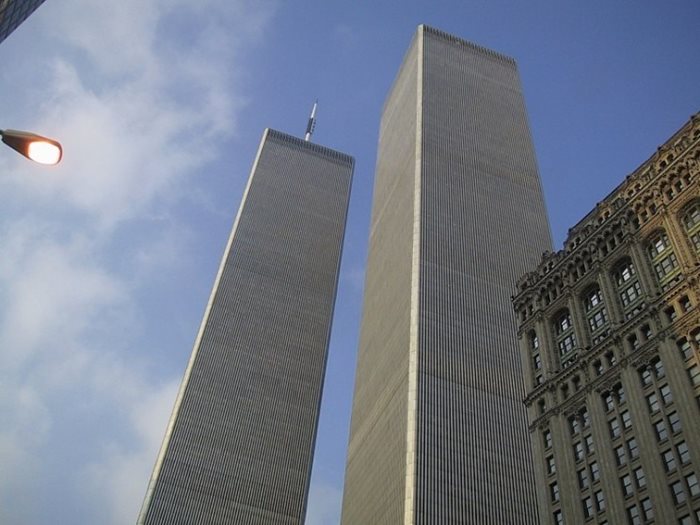
Picture: interestingengineering.com
The towers of the former World Trade Center, before their tragic destruction in 2001, were designed by Japanese architect Minoru Yamasaki and built between 1966 and 1971. Both towers were a steel frame, curtained walled, concrete slab on steel truss joist constructions.
2. BT Tower
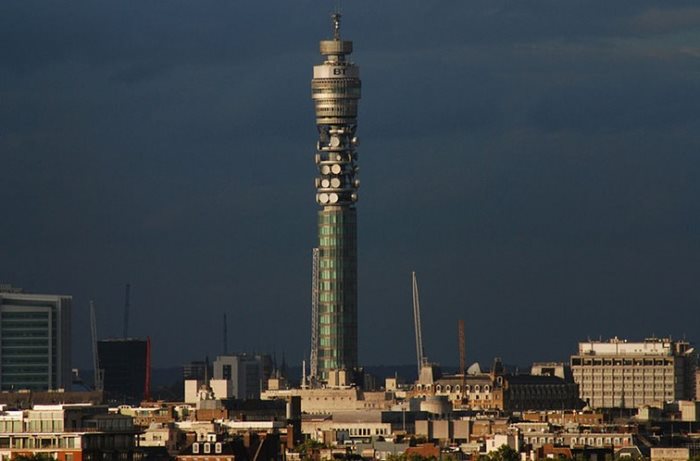
Picture: Wikipedia Commons
The BT Tower, (previously known as GPO Tower, The Post Office Tower, and Telecom Tower) in London, was designed by Eric Bedford and was completed in 1964. This Modernist tower stands at 177 metres high with additional aerial rigging stretching its 'full' height to 191 metres.
3. United Nations HQ
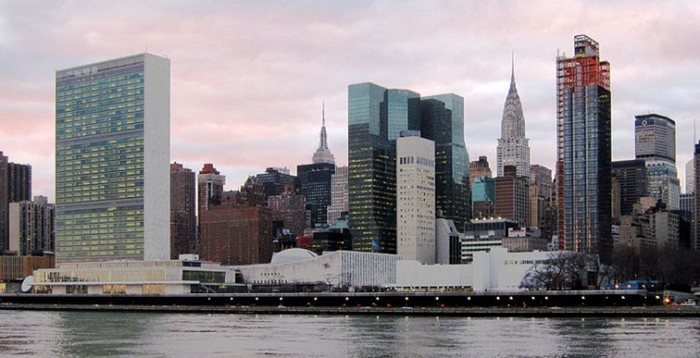
Picture: Wikipedia Commons
The United Nations Headquarters building was designed by architect Oscar Niemeyer and others in 1952 and stands at 155 meters tall.
4. The Louvre Pyramid, Paris
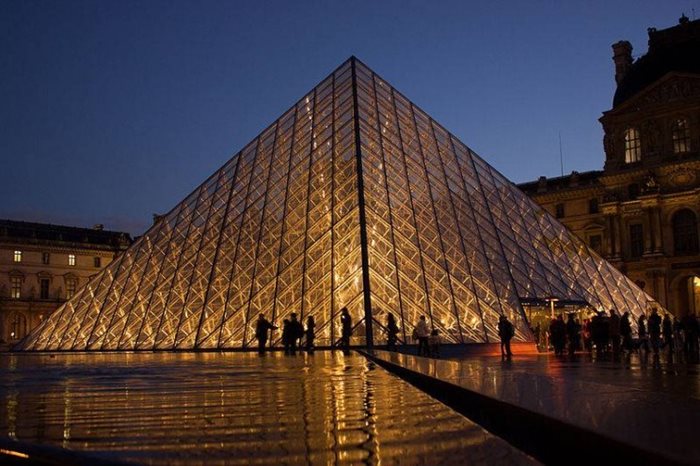
Picture: Wikipedia Commons
The Louvre Pyramid is a large metal frame and glass pyramid designed by Chinese-American architect I. M. Pei, that is surrounded by three smaller ones all situated in the Cour Napoleon of Louvre Palace. The Louvre Pyramid serves as the main entrance to the museum and was built in 1989.
5. Sydney Opera House
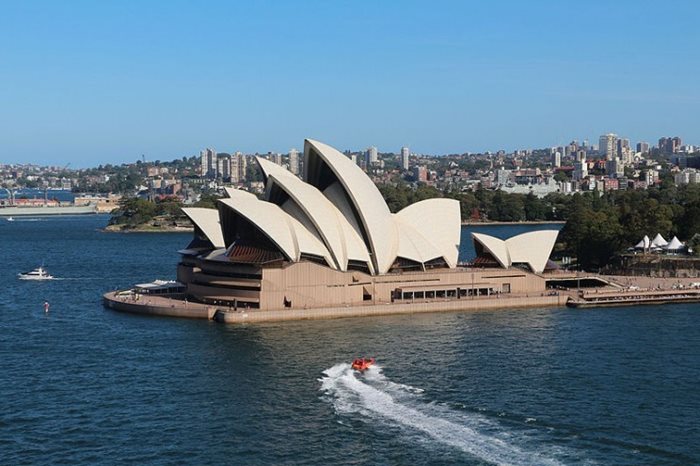
Picture: Wikipedia Commons
The iconic Sydney Opera House was designed by Danish architect Jorn Utzon and it was formally opened in 1973. Construction costs spiralled out of control and Utzon would ultimately resign before the building was finished. Final costs are estimated to have totalled $102 Million or $912 million in today’s money.
Modern architecture in contemporary suburban Australia
Modernist design across Australia incorporated the typical features like solar passive design, indoor-outdoor spaces and raised structures, since many of these features are optimal not only for Australia’s climate, but also our outdoorsy way of life.
Below are some suburban homes that show that many Australian architects were able to not only adapt Modernism for the Australian environment, but also managed to develop a unique Antipodean style themselves.
Rose Seidler House in Wahroonga, NSW (Architect: Harry Seidler, 1950)
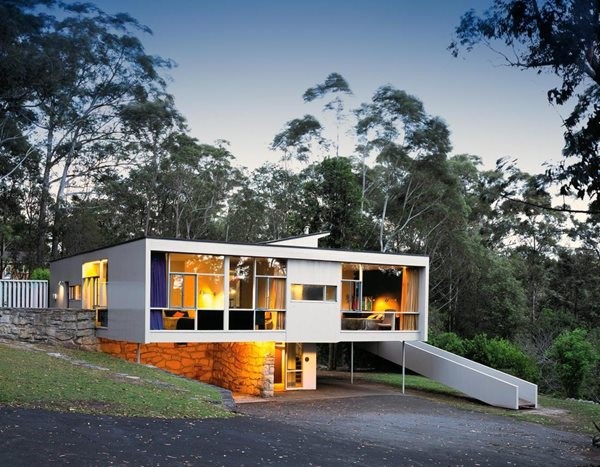
Picture: Sydney Living Museums
This modern house was designed by [then] fledgling architect Harry Seidler for his parents Rose and Max Seidler. It sits nicely on the site, appearing as if it’s floating above the ground, cut into the stone wall constructed below.
McCraith ‘Butterfly’ House in Dromana, Victoria (Architects: David Chancellor and William Patrick, 1955)
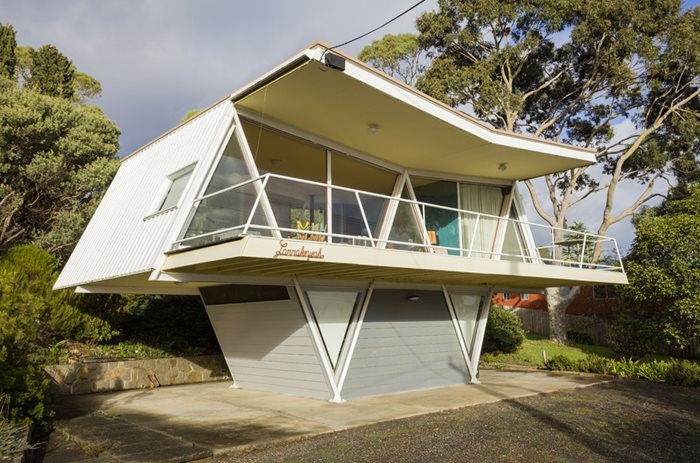
Image credit: Mornington Peninsula Regional Gallery
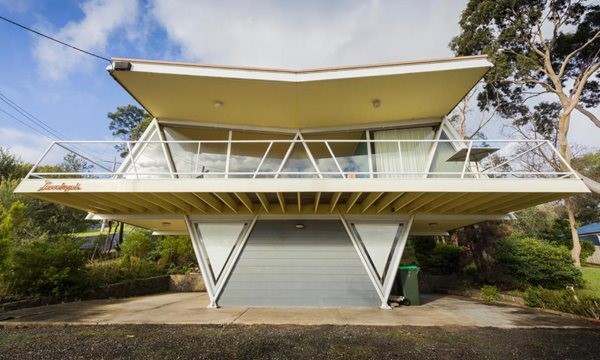
Picture: RMIT
Nicknamed ‘Butterfly House’, this residential building features a distinct butterfly roof design and a large verandah that is synonymous with the Australian lifestyle. Its raised form, like a butterfly ready to take off, produces a fantastic view of its coastal surrounds.
Australian Academy of Science in Canberra, ACT (Architect: Roy Grounds, 1959)
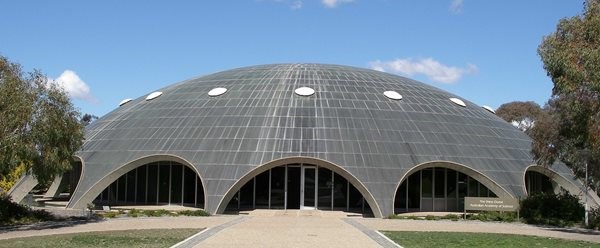
Picture: Wikimedia Commons
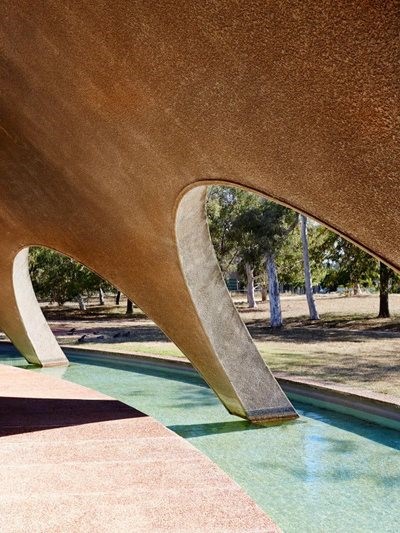
Picture: Pinterest
Also known as ‘Shine Dome’, the Australian Academy of Science building is highly unique, and a great representation of Canberra’s modernist architecture. The building was quite an experiment at the time, rather fitting for a science academy. Its open, circular form makes great use of the space and sits well in the landscape.
Harry & Penelope Seidler House in Killara, NSW (Architect: Harry Seidler, 1967)
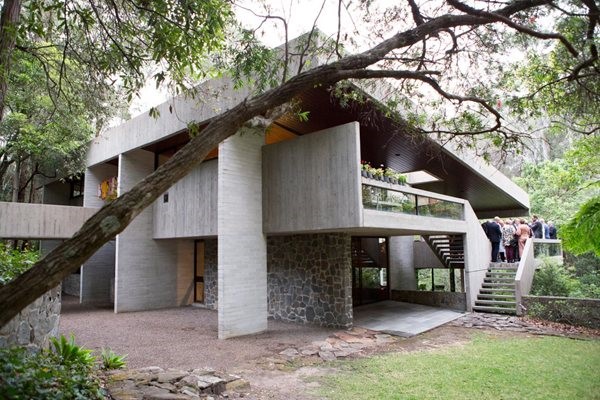
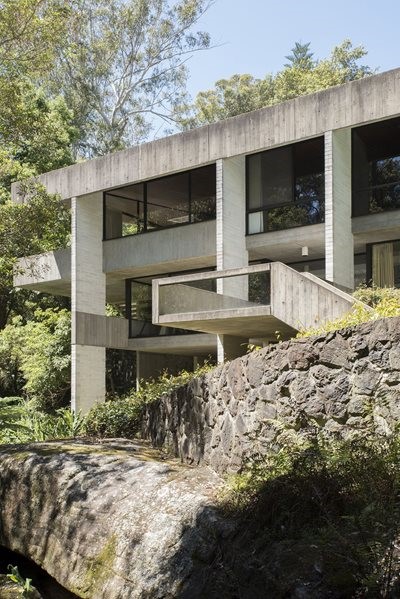
Picture: Sydney Living Museums
From the outside, it looks like an intricate outcropping of rock. It appears grey, dark and extremely private. And while it is private and discrete from street level, it boasts stunning bushland views from the inside as well as a very natural feel that celebrates the iconic Australian environment.
The future of modern architecture
As mentioned, modern architecture is still widely popular today. Not only are existing buildings admired by architects and ethusiasts alike, but there are still many Modernist-inspired buildings being created. Some Australian examples include The Arc by Evolva Architects and The Long House by Shaun Lockyer Architects.

